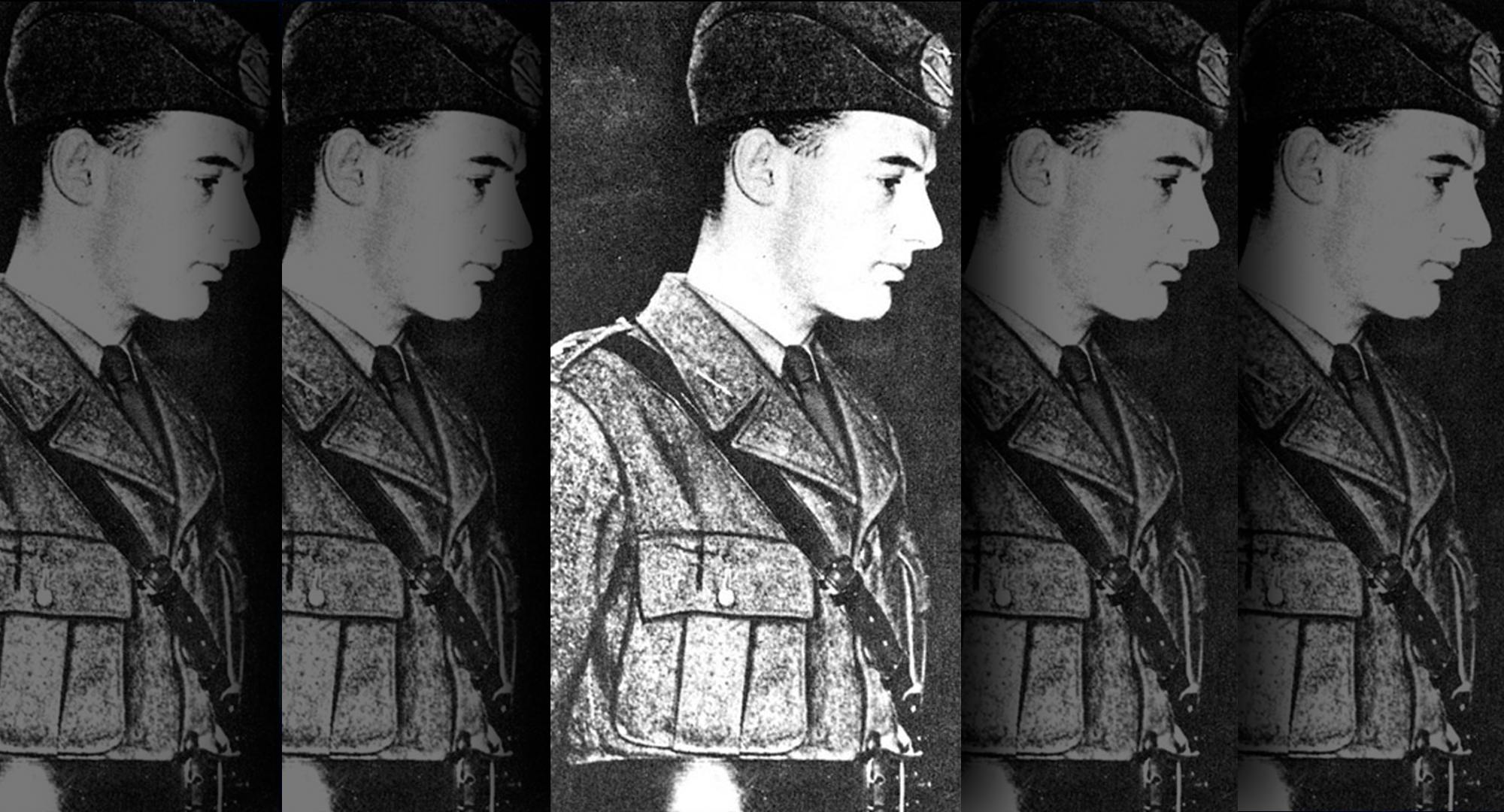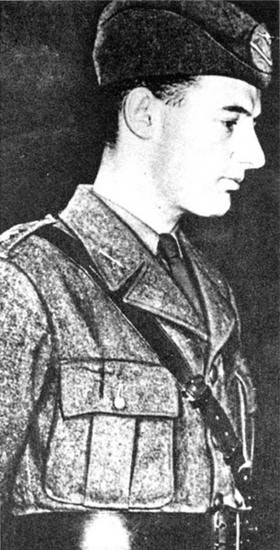Published Feb 18, 2020
Who is the Wallenberg Behind Picard’s Wallenberg Class Ships?
Star Trek: Picard honors a hero of the Jewish community.

StarTrek.com
Last week’s episode of Star Trek: Picard, “Absolute Candor,” included a wonderful and touching nod to Jewish history. When discussing past efforts to relocate Romulan refugees, including sending many to the planet of Vashti where much of the episode takes place, we learn that the vessels used to transport so many refugees were known as the “Wallenberg class.” This is the first mention of this class of ship —apparently a type of large transport vessel— in Star Trek’s television and film installments.
Many starship names and vessel classes in the Star Trek universe contain winks and nods to real history, and the Wallenberg class is no exception. So who was this Wallenberg, and why would a class of vessels so important to the backstory of Picard and the moral fabric of the Federation be named after him?

The World Holocaust Remembrance Center
The Swedish Raoul Wallenberg was a real-life historical figure who saved the lives of thousands of Hungarian Jews during the Holocaust. In 1944 he was recruited to the War Refugees Board, a United States government agency that hoped to work with European partners to save European Jews from extermination. Working with the WRB through Sweden’s government legation (a government facility like an embassy) in Budapest, Wallenberg utilized a series of creative and bold approaches to save as many Hungarian Jews as possible.
His original assignment was to seek out 650 specific Jewish Hungarians who had legally defensible connections to Sweden, and issue them protective passes from the Swedish government. He ended up issuing thousands of these protective passes — and created several fake ones in the process! Wallenberg also created “Swedish houses,” buildings throughout Budapest that he convinced the Swedish government to declare sovereign Swedish territory. He created 30 of these, and got other nations to create even more; more than 15,000 Jews lived safely in them in the final year of World War Two. He walked alongside those being marched to Austria, handing out food and medical supplies; it’s reported that the Nazi soldiers ordered to fire on him to dissuade him from this disobeyed orders and deliberately missed. Throughout these operations, Wallenberg engaged in a large-scale campaign of bribery, extortion, and threats to get Hungarian and German soldiers, guards, and government officials to let him bend the rules.

The World Holocaust Remembrance Center
In addition to the name of a fictional starship class, Raoul Wallenberg has received many real-world honors. He has been honored as one of the Righteous Gentiles (non-Jews who saved Jews during the Holocaust) by Israel’s Holocaust Memorial Yad Vashem, one of just ten Swedes to receive this recognition. Wallenberg is one of just eight people to ever be granted honorary US citizenship, a list that includes Churchill and Mother Teresa. As it turns out, the Congressman who introduced the legislation to grant him that honorary citizenship was Tom Lantos, the only Holocaust survivor to serve in the US Congress, and a man whose life was actually saved by Wallenberg! The United States Holocaust Museum in Washington, DC is located on a street named Raoul Wallenberg Place, and my wife’s Jewish elementary school is located on Charleston, South Carolina’s Raoul Wallenberg Blvd. There have been movies, operas, and songs written about him. As a hero who saved thousands of lives, he is certainly deserving of the additional honor of having a Starfleet vessel named after him.
In January of 1945, the Soviet army liberated Budapest, and on January 17th, 1945, Wallenberg was escorted out of the city to meet with more senior Russian military leaders to discuss how to help the surviving Jews of Hungary. He was never seen again, though evidence suggests he likely died in the infamous Lubyanka prison in 1947. In 2017, his niece filed a lawsuit asking the Russian government to release the details of what happened to him, but it was rejected ). We may never know when or how he died, but we know how he lived… and how many people lived because of him.
Dr. David Shiffman (he/him) is a marine conservation biologist and science journalist based in Washington, DC. Follow him on Twiter @WhySharksMatter, where he's always happy to answer any questions anyone has about sharks.
Star Trek: Picard streams on CBS All Access in the United States, in Canada on Bell Media’s CTV Sci-Fi Channel and OTT service Crave, and on Amazon Prime Video in more than 200 countries and territories.

